A book on the liturgy was presented in Rome in November — a book which contains the proceedings of a 2013 liturgical conference aimed at continuing the “reform of the reform”.
The presentation of the book Sacred Liturgy: The Source and Summit of the Life and Mission of the Church on November 21, 2014, at the Hotel Columbus in Rome, just a few steps away from the Vatican, was but the logical follow-up to a homonymous event, the Sacra Liturgia conference, which took place in Rome from June 25 to 28, 2013.

American Cardinal Raymond Burke (center), together with Bishop Dominique Rey of Frejus-Toulon, France (left) and Dom Alcuin Reid, a monk at the monastery of St. Benedict in Frejus-Toulon, at the presentation of a volume on the liturgy at the Columbus Hotel in Rome on November 21.
The book, presented in an English and Italian version, contained the English translation of the proceedings of last year’s conference, edited by ∫, a monk of the ˆ in Frejus-Toulon, France, and published by ∫ of San Francisco. The Italian volume was published by Cantagalli, a well-known Italian publisher specializing in religious and especially Catholic literature.
“The Sacred Liturgy is not a hobby for specialists,” Bishop Dominique Rey of Frejus-Toulon, France, said when ushering in the international conference Sacra Liturgia 2013. More than 20 leading liturgists, cardinals, bishops and other scholars participated from around the world to emphasize the centrality of liturgical formation and celebration in the life and mission of the Church, particularly in the light of the teaching of Pope Benedict XVI. “The Sacred Liturgy is central to all our endeavors as disciples of Jesus Christ. This profound reality cannot be overemphasized. We must recognize the primacy of grace in our Christian life and work, and we must respect the reality that in this life the optimal encounter with Christ is in the Sacred Liturgy.” He continued: “The New Evangelization must be founded on the faithful and fruitful celebration of the Sacred Liturgy as given to us by the Church in her tradition — Western and Eastern.”
The volume should prove to be an important resource in ongoing liturgical formation for clergy, religious and laity, by exploring questions of ars celebrandi (that is, the correct celebration of liturgy), liturgical art, architecture, music, the importance of ritual in human psychology, truly pastoral liturgy, the place of the older liturgical rites in the New Evangelization, liturgical formation, liturgical law, the role of the diocesan bishop in regard to the liturgy, and much more.
All these issues are to be seen against the background of the liturgical renewal so much envisioned, cherished and upheld by Pope Benedict XVI, which embraces the riches of liturgical tradition as valuable treasures, seeking to read the Second Vatican Council according to a hermeneutic of continuity and not rupture.
This is a vision fully shared by Cardinal Raymond Burke, as confirmed during his interview with Radio Vaticana following the presentation at the Hotel Columbus, where he was among the three keynote speakers, together with Bishop Dominique Rey (Fréjus-Toulon, France) and Dom Alcuin Reid of the Monastery of St. Benedict in that same French diocese.
“What happened after [the Second Vatican] Council was the reform was hijacked by the so-called ‘Spirit’ of the Council, which was not related directly at all to the actual texts of the Council Fathers,” Burke said. “And now we’re returning to those texts, which promote reform in continuity with the tradition.”
Speaking of the efforts of Blessed Pope Paul VI, Pope St. John Paul II, and of Pope Emeritus Benedict XVI to foster the work of authentic liturgical reform, an effort that continues in the pontificate of Pope Francis, Burke pointed out that this reform “is brought about not through rupture with the past, not through revolution, but through continuity with the past, through respect for the sublime beauty of the Sacred Liturgy celebrated uninterruptedly along the Christian centuries.”
For his part, Bishop Dominique Rey recalled the great success of the 2013 conference, and most notably from a spiritual viewpoint. “In June 2013, many of you were among the more than 300 people from more than 30 countries around the world at the Pontifical University, Santa Croce, for the international conference Sacra Liturgia 2013,” he said. “Over four days we listened to scholarly presentations from 19 cardinals, bishops and other experts in the Sacred Liturgy.”
In fact, the contributors featured in the volume, besides the three keynote speakers, included other prelates and experts of the caliber of Cardinal Antonio Cañizares Llovera, Cardinal Malcolm Ranjith, Cardinal Walter Brandmüller, Msgr. Peter J. Elliott, Msgr. Andrew Burnham, Msgr. Stefan Heid, Father Uwe Michael Lang, Fr. Nicola Bux, Msgr. Ignacio Barreiro Carámbula, Prof. Tracey Rowland, and others.
But perhaps more importantly, Bishop Rey went on, “we prayed together in both the usus recentior and the usus antiquior of the Roman rite. And we joined with the Holy Father, as a sign of our Catholic unity ‘with and under’ Peter, in celebrating the Solemnity of Saints Peter and Paul with him at St. Peter’s Basilica. Those days were privileged and grace-filled, and their spirit — a spirit of authentic liturgical celebration and formation so as to sustain the life and mission of all of Christ’s faithful — has inspired further Sacra Liturgia initiatives.”
It is important to emphasize once again, he said, the intrinsic link between the faithful celebration of the Church’s liturgy as the Church hands it on to us – in both its newer and older forms – and the mission of the Church in light of the New Evangelization. “If our seminarians and priests and all others involved in liturgical ministry lack a sound liturgical formation, our liturgical celebrations will not be the optimal encounter with Christ in His Church that they should be,” he said. “Christ’s faithful will not be nourished as well as they should be. Their Christian lives and mission will suffer. That is why the Second Vatican Council insisted that the Sacred Liturgy is the source and summit of the life and mission of the Church (cf. Sacrosanctum Concilium, 10). As a bishop, it is my duty to do all that I can to promote the New Evangelization. If the very source of our Christian life — the Sacred Liturgy — is somehow not as it should be, the New Evangelization will be impeded. That is why we must begin with getting liturgical formation and celebration right.”
Hoping that this book will assist in the liturgical formation and renewal of lay and religious alike, he noted that each of its chapters was motivated by a profound love of the Sacred Liturgy. “The different authors have given us the benefits of their intellectual expertise, certainly,” he remarked. “The authors have also opened their hearts to us, and have shared with us the fruits of their encounter with the spirit of the liturgy, which is the basis of their own Christian lives. This is a book which can teach us a great deal. It can also inspire and move us to have a greater ‘zeal for God’s house’ (cf. Ps. 69:9), which is proper to Christian life.”
As a matter of fact, as aptly emphasized by Dom Alcuin in his address, “every liturgical celebration, because it is an action of Christ the priest and of His Body which is the Church, is a sacred action surpassing all others; no other action of the Church can equal its efficacy by the same title and to the same degree” (Sacrosanctum Concilium, 7). That is why the Sacred Liturgy, he went on, “is central to — no, literally fundamental to — Christian life and mission in the world. That is why “the true celebration of the Sacred Liturgy is the center of any renewal of the Church whatever.”
And it is to this reality that the published proceedings of Sacra Liturgia 2013 bear witness, basically promoting an authentic interpretation of the Second Vatican Council’s mandate for liturgical reform, an assessment of the implementation of Sacrosanctum Concilium that is faithful to the Council, the integral celebration of the usus recentior with an optimal ars celebrandi (cf. Sacramentum Caritatis, 38-42) and an openness to the value and riches of the usus antiquior in the Church today.

Among the attendees at the presentation were Cardinal Walter Brandmueller, now retired, a German historian who lives in Rome (far right).
In Dom Alcuin’s opinion, the aim and purpose of the Second Vatican Council’s Constitution on the Sacred Liturgy is stated clearly in its Article 14: to bring about the “full and active participation by all the people” in the Sacred Liturgy—which, borrowing words from St. Pius X, the Council teaches is “the primary and indispensable source from which the faithful are to derive the true Christian spirit.” The same article concludes with the stark assertion that “it would be futile to entertain any hopes of realizing this” unless first of all we become “thoroughly imbued with the spirit and power of the liturgy” (Sacrosanctum Concilium, 14). More than 50 years after the promulgation of Sacrosanctum Concilium are our clergy, religious and lay people “thoroughly imbued with the spirit and power of the liturgy”? Dom Alcuin is convinced that this remains to be achieved and is in fact an urgent and necessary duty today. Indeed, as Pope Francis asserted in February: “Much remains to be done for a correct and complete assimilation of the Constitution on the Sacred Liturgy on the part of the baptized and by ecclesial communities. I refer in particular to the commitment to a strong and organic initiation and liturgical formation of the lay faithful as well as the clergy and consecrated persons.”
As for the future initiatives referred to by Bishop Rey, Dom Alcuin offered further details by pointing out that upcoming efforts of the Sacra Liturgia group would include:
— Sacra Liturgia USA: a 4-day academic conference with liturgical celebrations from June 1-4, 2015, to be held in New York City;
—Sacra Liturgia Summer School, to be held in La Garde-Freinet, in Provence, France, from July 4-19, 2015, providing opportunities for practical and academic formation, prayer, pilgrimage and rest in the south of France;
—Sacra Liturgia UK, in conjunction with CIEL UK at Merton College, Oxford, from September 16-19, 2015.
Among those in attendance were newly-appointed Prefect of the CDW Robert Cardinal Sarah, Cardinal Walter Brandmueller, Abbot M. J. Zielinski, OSB Oliv., Msgr. Stefan Heid, Fr. Paul Gunter, OSB, Fr. Nicola Bux, H.E. the Ambassador of Australia to the Holy See John McCarthy, and FIUV (Foederatio Internationalis Una Voce) President James Bogle, as well as other prelates, journalists, clergy, seminarians, religious, and laity.

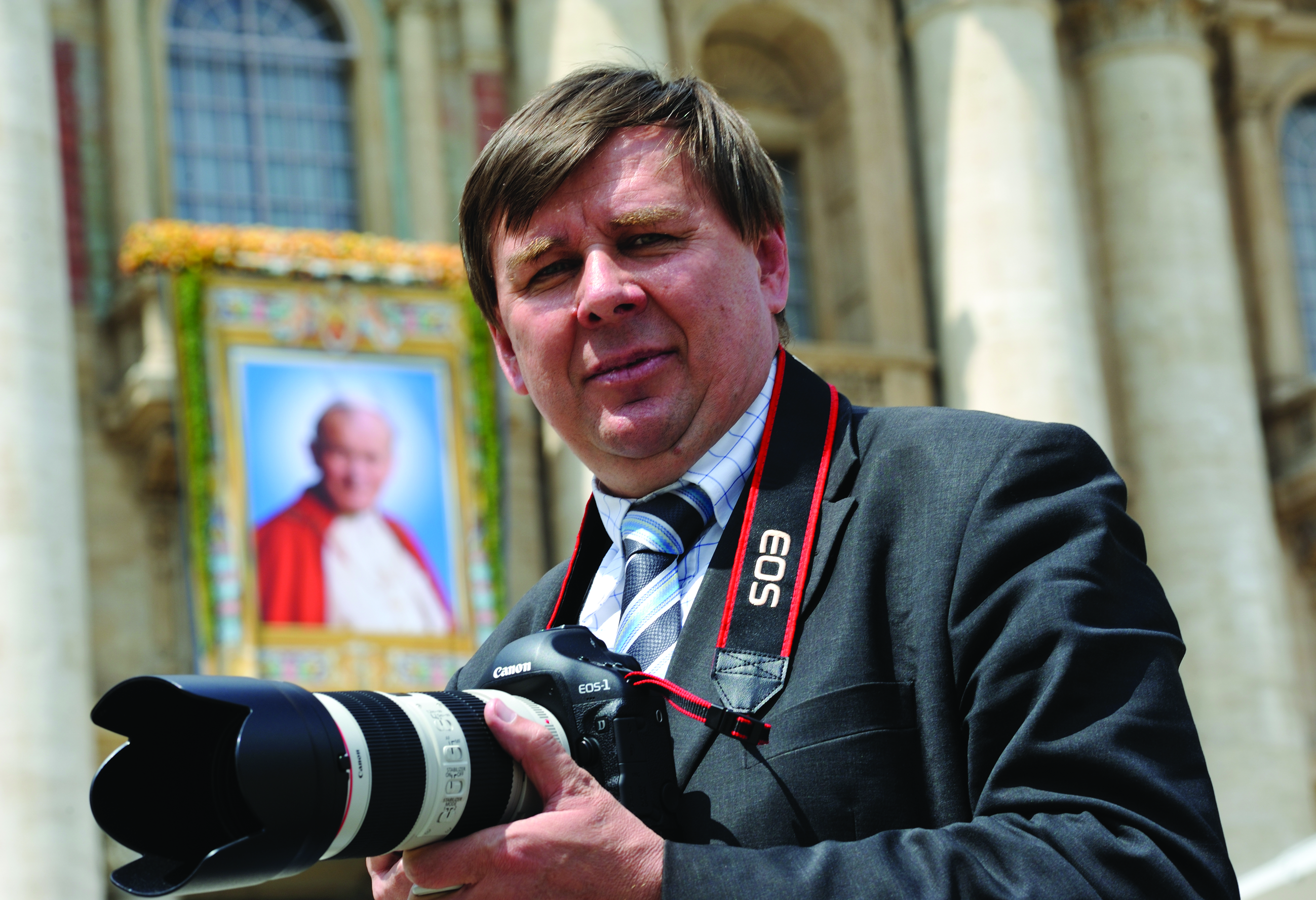
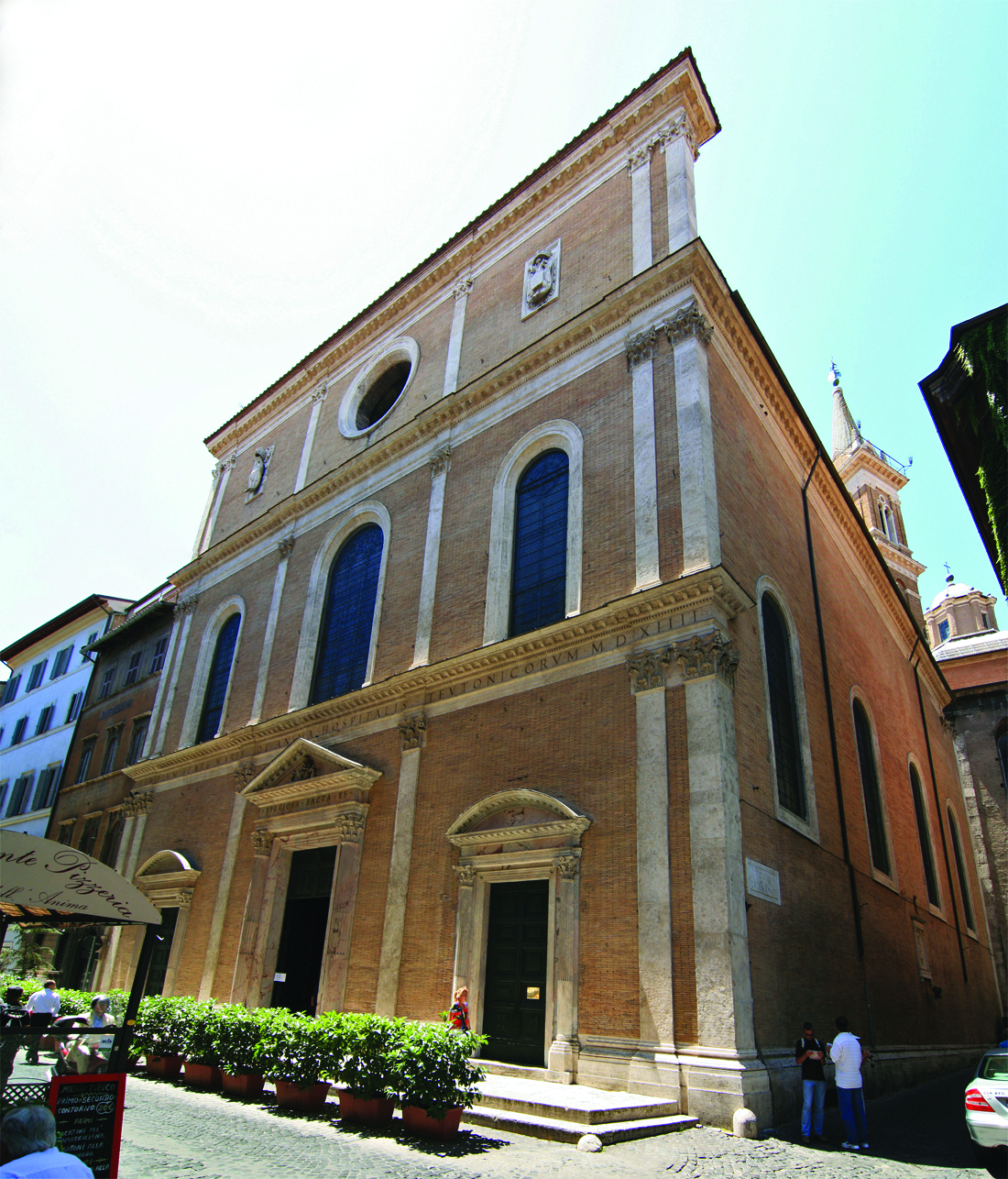
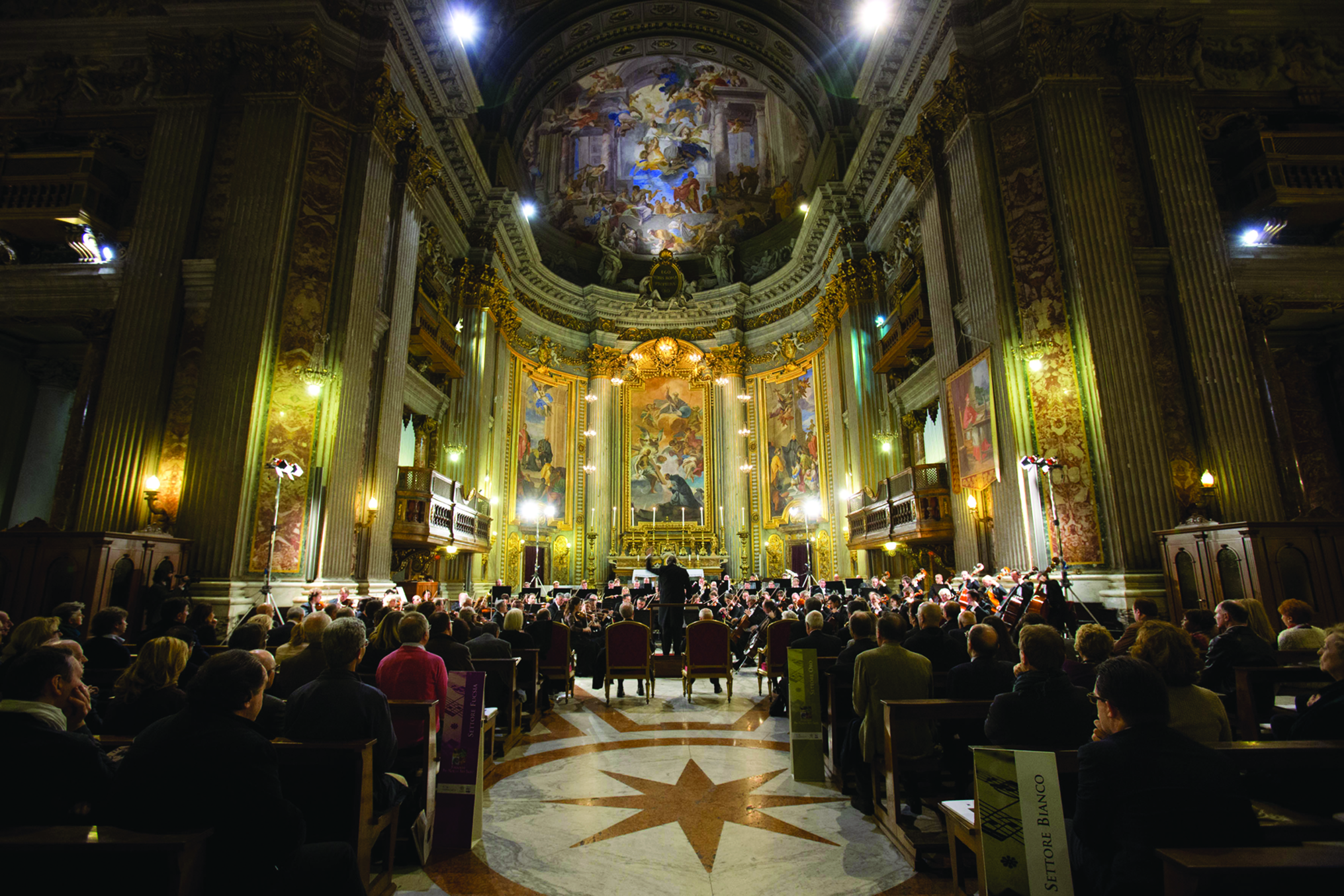
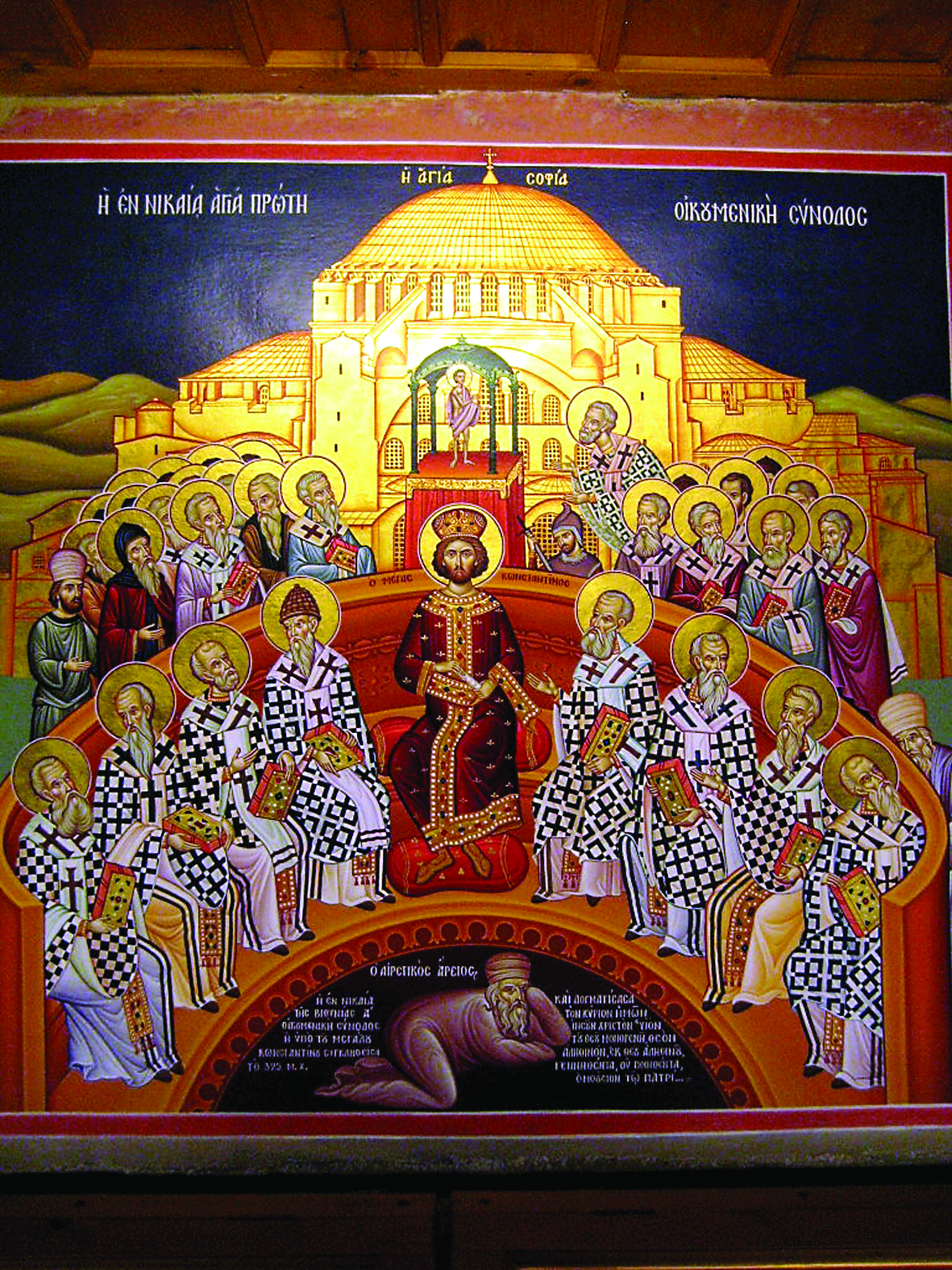
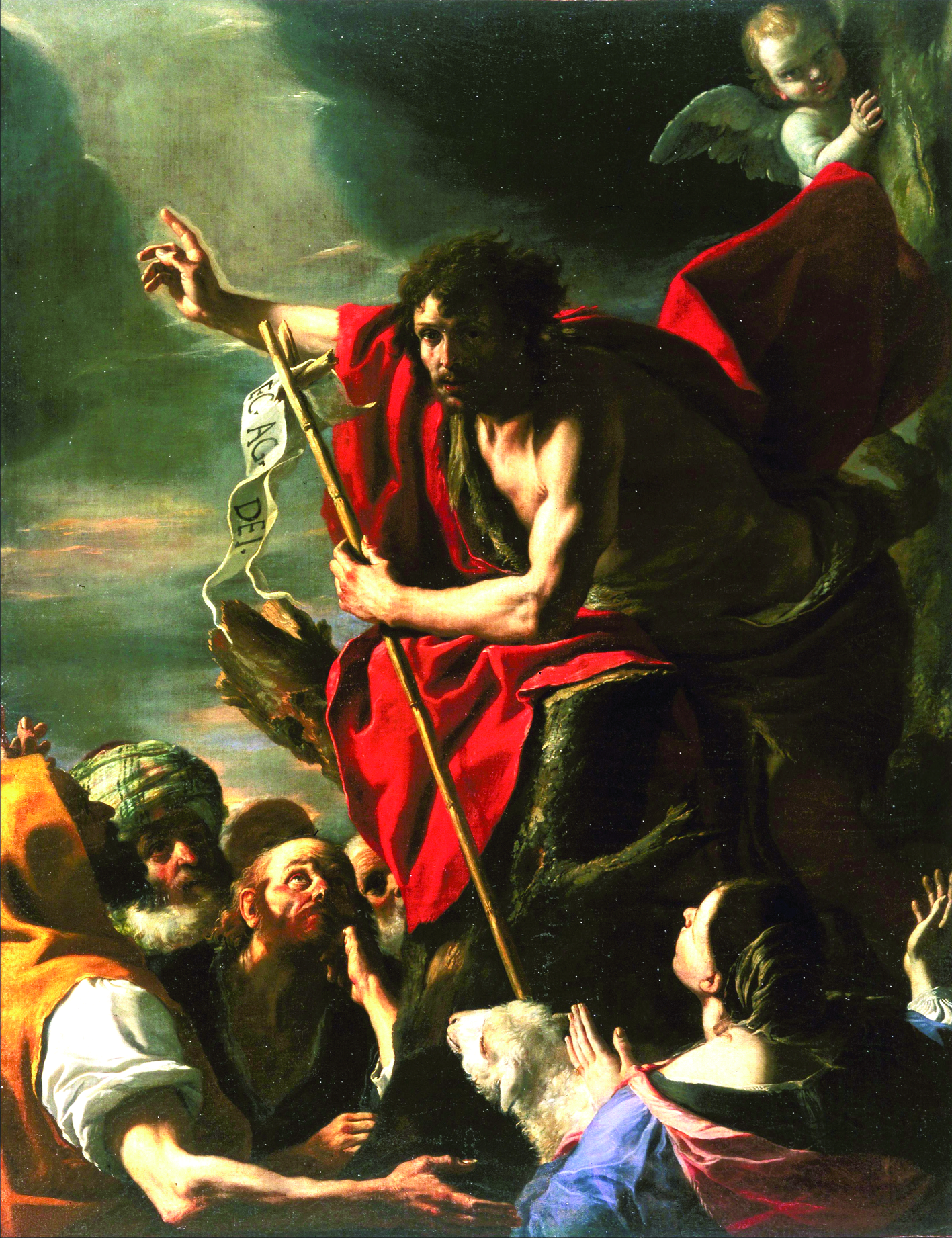
Facebook Comments